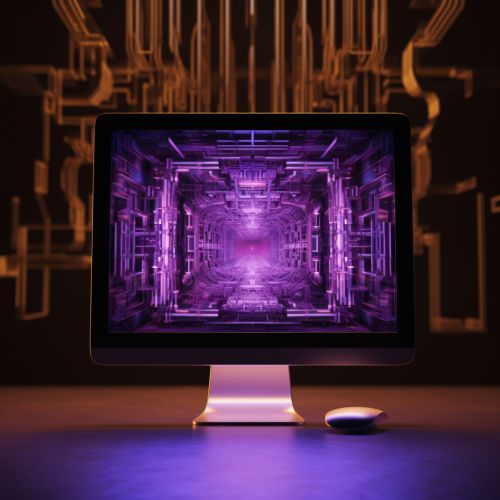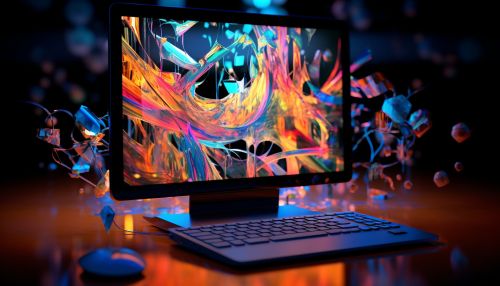Image Descriptor
Overview
An image descriptor, in the field of computer vision, is a representation of an image or an image patch that simplifies the image by extracting useful information and throwing away extraneous information. Typically, an image descriptor represents an abstract feature that is intended to describe or quantify the image or a region within the image in a way that is resistant to irrelevant variations in the image data.


Types of Image Descriptors
Image descriptors can be broadly categorized into three types: global descriptors, local descriptors, and regional descriptors.
Global Descriptors
Global descriptors describe the image as a whole to provide a compact representation of the image. These descriptors are generally applied to the entire image, and are useful for tasks such as image retrieval and image recognition. Examples of global descriptors include color histograms, texture descriptors, and shape descriptors.
Local Descriptors
Local descriptors, on the other hand, describe local regions of the image, and are typically used in tasks such as object recognition and feature matching. These descriptors are computed for local regions of the image, typically around points of interest. Examples of local descriptors include Scale-Invariant Feature Transform (SIFT), Speeded Up Robust Features (SURF), and Oriented FAST and Rotated BRIEF (ORB).
Regional Descriptors
Regional descriptors describe a set of local regions, or a region that is larger than a single point but smaller than the entire image. These descriptors are typically used in tasks such as object detection and image segmentation. Examples of regional descriptors include Histogram of Oriented Gradients (HOG) and Convolutional Neural Network (CNN) features.
Image Descriptor Extraction
The process of extracting image descriptors is a key step in many computer vision tasks. This process generally involves the following steps:
1. **Detection of Points of Interest:** The first step in extracting image descriptors is to identify the points of interest in the image. These points of interest, also known as key points or feature points, are regions of the image that contain important or distinctive information. There are various methods for detecting points of interest, including corner detection methods, blob detection methods, and region detection methods.
2. **Extraction of Descriptors:** Once the points of interest have been identified, the next step is to extract descriptors for these points. The descriptors are intended to provide a compact representation of the image or region around the point of interest, and are typically designed to be invariant to certain variations in the image data, such as changes in scale, orientation, or lighting.
3. **Descriptor Matching:** After the descriptors have been extracted, they can be used for various tasks, such as image matching, object recognition, or image retrieval. This typically involves comparing the descriptors from one image with the descriptors from another image to find matches.
Applications of Image Descriptors
Image descriptors have a wide range of applications in the field of computer vision, including:
- **Image Retrieval:** Image descriptors can be used to retrieve similar images from a database. This is typically done by comparing the descriptors of the query image with the descriptors of the images in the database.
- **Object Recognition:** Image descriptors can be used to recognize objects in images. This is typically done by comparing the descriptors of the object with the descriptors of the images.
- **Image Matching:** Image descriptors can be used to match images or regions within images. This is typically done by comparing the descriptors of the images or regions.
- **Image Segmentation:** Image descriptors can be used to segment images into different regions. This is typically done by comparing the descriptors of the regions.
Challenges and Future Directions
Despite the wide range of applications of image descriptors, there are several challenges that need to be addressed. These include the need for descriptors that are invariant to a wider range of variations in the image data, the need for more efficient descriptor extraction and matching algorithms, and the need for descriptors that can handle more complex image data, such as 3D images or video sequences.
Furthermore, with the advent of deep learning, there has been a shift towards using features learned by convolutional neural networks (CNNs) as image descriptors. These learned features have been shown to outperform traditional hand-crafted descriptors on a variety of tasks. However, the use of learned features also presents new challenges, such as the need for large amounts of labeled training data and the difficulty of interpreting the learned features.
